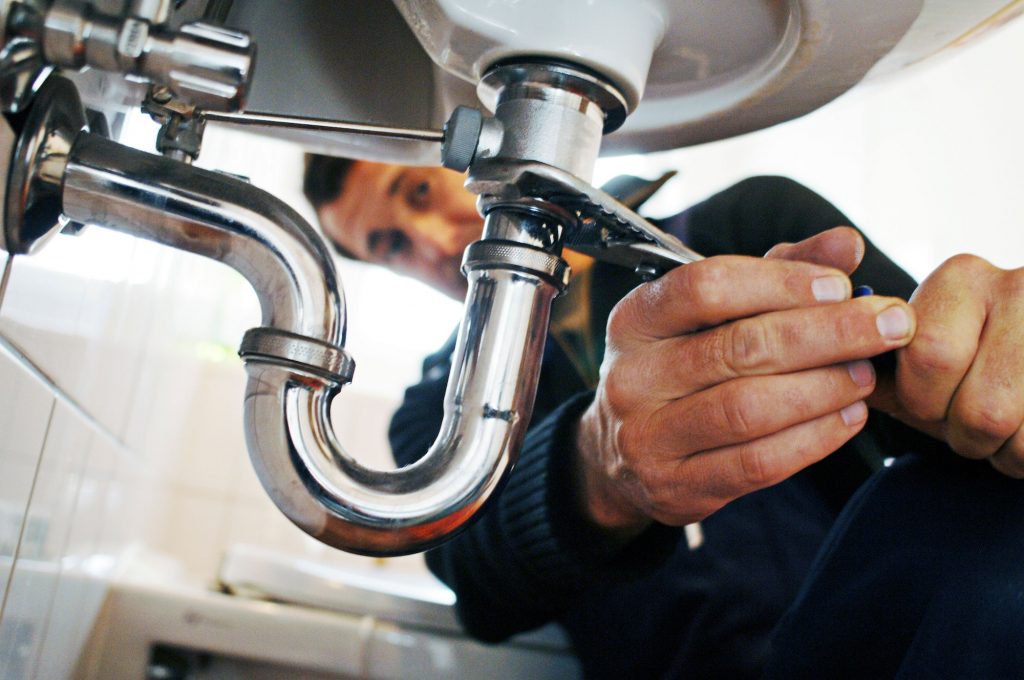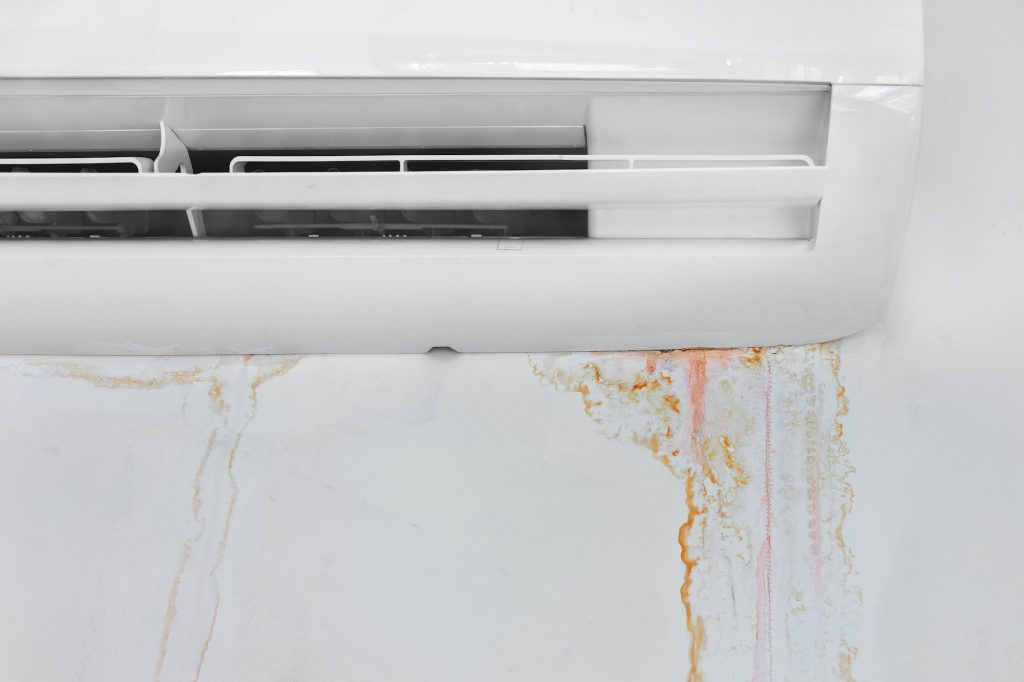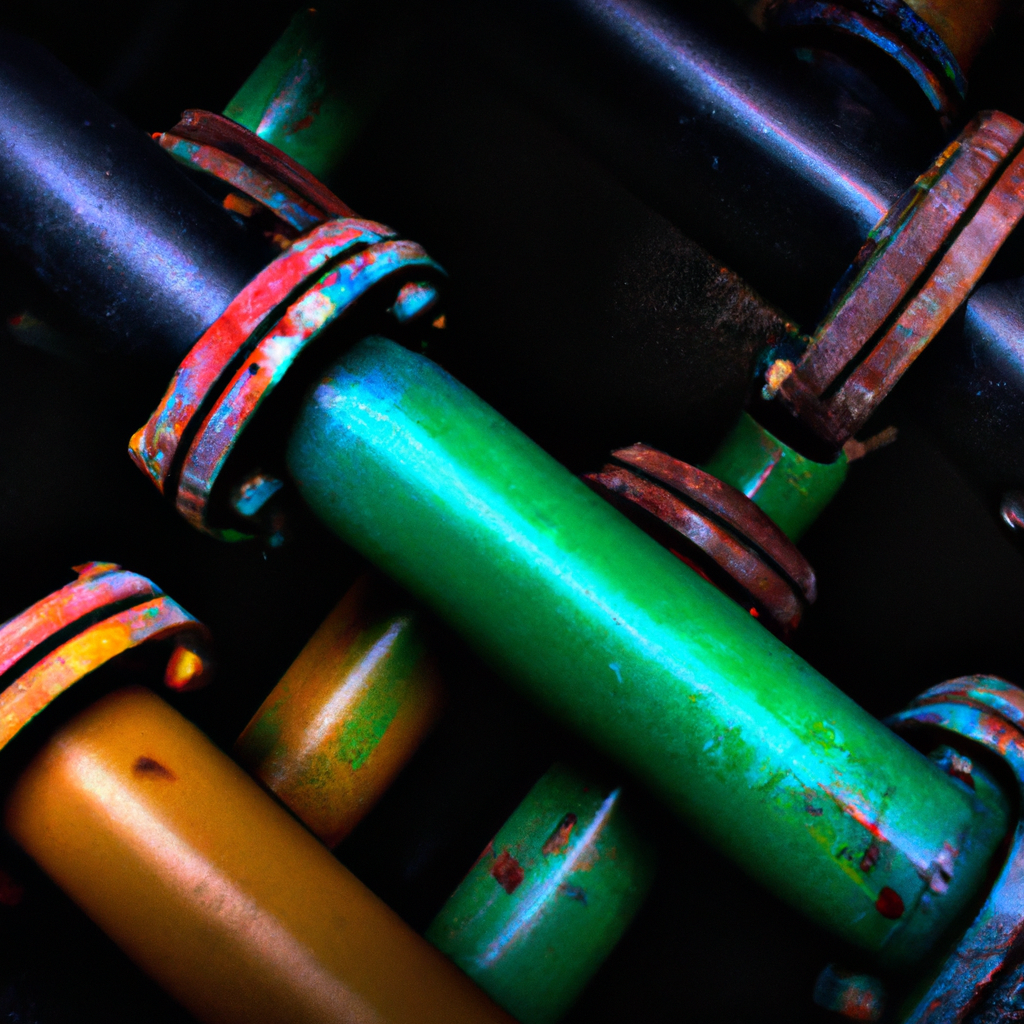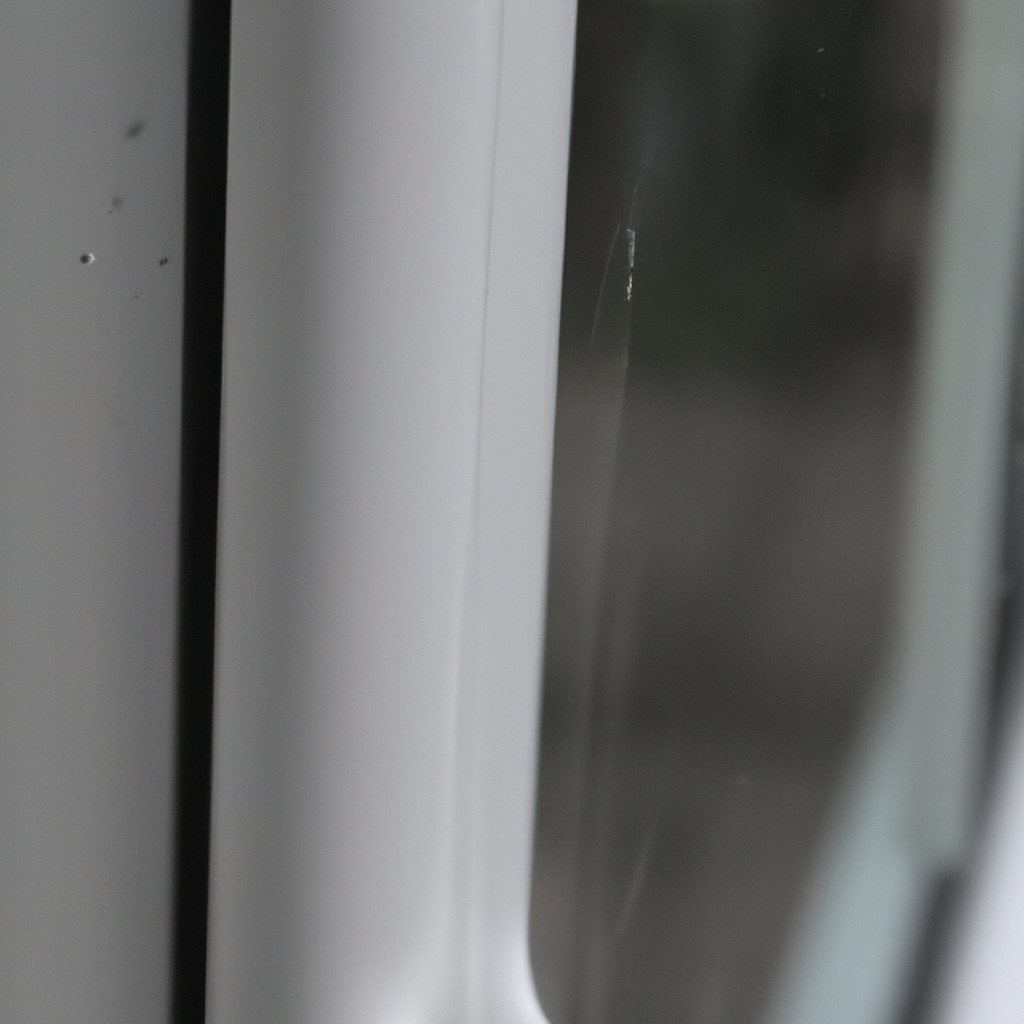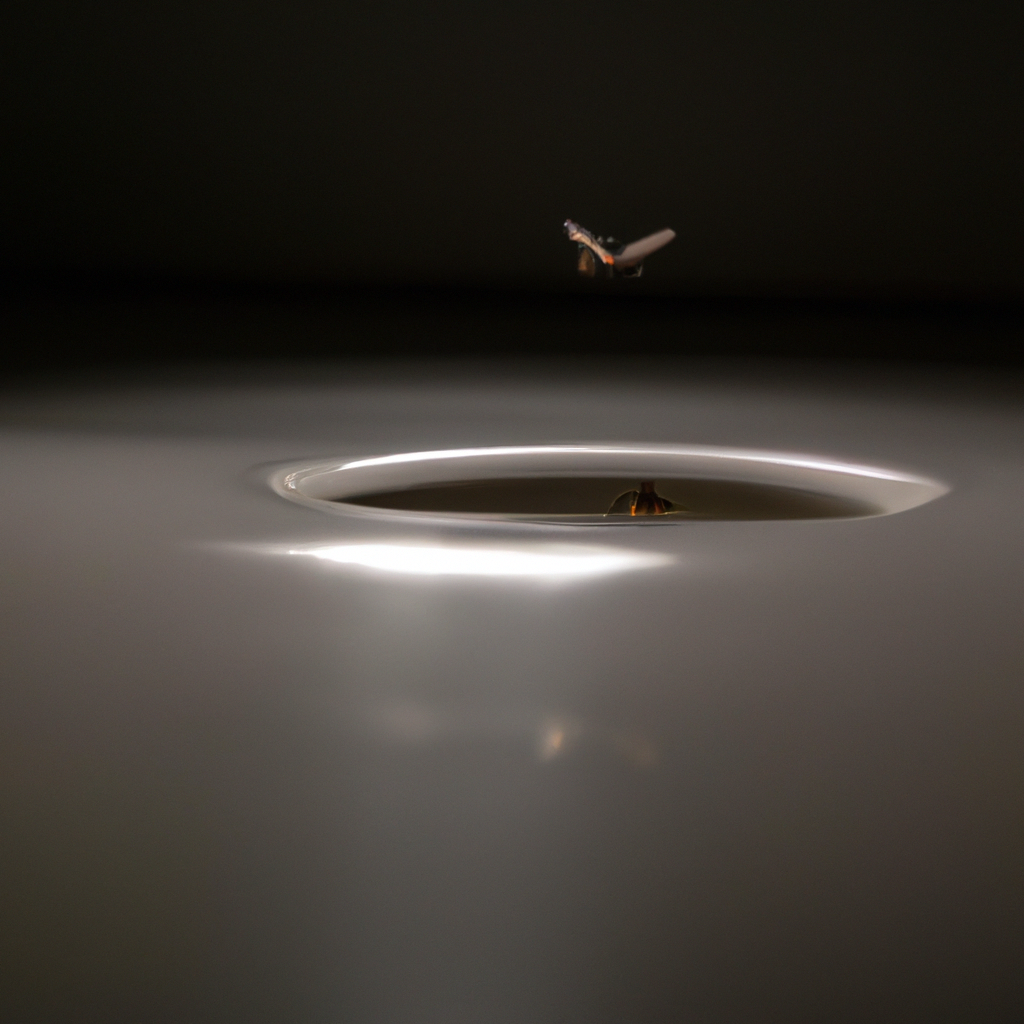
Welcome to our comprehensive guide on solving the puzzling mystery of drain flies. If you’re reading this, chances are you’ve encountered these tiny, pesky insects buzzing around your drains, leaving you frustrated and wondering how to get rid of them. Fear not, for we have gathered all the information you need to understand these mysterious creatures and provide you with effective solutions to eliminate them for good.
Understanding Drain Flies
Drain flies, also known as moth flies or sewer gnats, are small insects that belong to the family Psychodidae. They are commonly found in moist environments, particularly near drains, sewage systems, and stagnant water sources. These flies are attracted to decomposing organic matter and thrive in the damp conditions commonly found in bathrooms, kitchens, and basements.
Appearance
Drain flies are quite small, measuring only about 1.5 to 5 millimeters in length. They have a distinct moth-like appearance, with hairy bodies and wings that are covered in scales. The most noticeable feature of these flies is their fuzzy, moth-like wings, which are held in a roof-like position when at rest.
Life Cycle
To understand how to effectively eliminate drain flies, it’s important to grasp their life cycle. Drain flies undergo a complete metamorphosis, consisting of four distinct stages: egg, larva, pupa, and adult.
- Egg: The female drain fly can lay up to 100 eggs at a time, usually on the inner walls of drains or other damp surfaces. These eggs hatch within 48 hours, giving rise to larvae.
- Larva: Drain fly larvae, also known as “maggots,” are slender, worm-like creatures that feed on organic matter and thrive in the slimy film that accumulates inside drains. The larval stage typically lasts for about 9 to 15 days.
- Pupa: After the larval stage, the drain fly larvae transform into pupae. Pupation occurs within a cocoon-like structure, where the larvae undergo significant changes in preparation for adulthood. This stage can last anywhere from 20 to 40 hours.
- Adult: Once the pupal stage is complete, adult drain flies emerge from the cocoon. They are fully formed and ready to begin the cycle anew. The adult lifespan ranges from 2 to 3 weeks, during which they mate and lay eggs to continue the reproductive process.
Causes of Drain Fly Infestation
Now that we have a basic understanding of drain flies, it’s essential to explore the underlying causes of their infestation. By identifying and addressing these causes, we can effectively prevent future infestations.
Moisture and Standing Water
Drain flies require moist environments to breed and survive. Standing water or excessive moisture in drains, pipes, and other areas provide the ideal conditions for these insects to thrive. Leaky faucets, clogged drains, and faulty plumbing can contribute to the accumulation of stagnant water, creating a breeding ground for drain flies.
Organic Matter Buildup
Organic matter, such as food particles, hair, and grease, can accumulate inside drains over time. This buildup serves as a food source for drain fly larvae, allowing them to survive and multiply. Neglected drains, particularly in kitchens and bathrooms, become attractive to these pests due to the availability of organic matter.
Poor Ventilation
Insufficient ventilation in bathrooms and kitchens can exacerbate moisture-related issues, creating an environment where drain flies can flourish. Proper airflow helps to dry out damp areas and prevent the buildup of moisture, reducing the likelihood of infestations.
Effective Methods to Eliminate Drain Flies
Now that we have a solid understanding of drain flies and the causes of their infestation, let’s delve into the practical solutions to eradicate these pesky insects from your home.
1. Identify and Remove Breeding Sites
The first step in eliminating drain flies is to identify and remove their breeding sites. Inspect all drains, paying close attention to areas with standing water or organic matter buildup. Thoroughly clean and sanitize these areas, ensuring that no debris or residue remains.
2. Clean Drains Regularly
Maintaining clean and debris-free drains is crucial in preventing drain fly infestations. Use a drain cleaner or a mixture of baking soda and vinegar to clear any clogs and remove organic matter. Regularly flush drains with hot water to keep them clean and prevent the accumulation of sludge.
3. Improve Ventilation
To reduce moisture levels and discourage drain fly breeding, ensure proper ventilation in bathrooms and kitchens. Install exhaust fans or open windows to allow for adequate airflow, helping to dry out damp areas and prevent the buildup of moisture.
4. Repair Leaks and Plumbing Issues
Address any plumbing issues promptly to eliminate potential sources of standing water. Fix leaky faucets, pipes, and any other plumbing problems to reduce moisture levels and remove attractive breeding sites for drain flies.
5. Biological Drain Cleaners
Consider using biological drain cleaners that contain beneficial bacteria and enzymes. These cleaners help break down organic matter and prevent drain fly larvae from thriving. Regular use of biological drain cleaners can help maintain clean and odor-free drains.
6. DIY Traps
You can create homemade traps to catch adult drain flies and reduce their population. One simple trap involves placing a mixture of apple cider vinegar and dish soap in a container. The vinegar attracts the flies, while the dish soap breaks the surface tension, causing them to drown.
7. Seek Professional Help
If your efforts to eliminate drain flies prove unsuccessful or the infestation is severe, it may be time to seek professional assistance. Pest control experts have the knowledge and experience to effectively address the issue and provide long-term solutions.
Conclusion
In conclusion, drain flies may be a mystery at first, but armed with the knowledge and solutions provided in this guide, you can successfully solve the enigma and rid your home of these bothersome insects. Remember to identify and remove breeding sites, clean drains regularly, improve ventilation, repair leaks, consider biological drain cleaners, use DIY traps, and seek professional help when needed. By implementing these strategies, you can reclaim your home from the clutches of drain flies and enjoy a pest-free environment once again.

